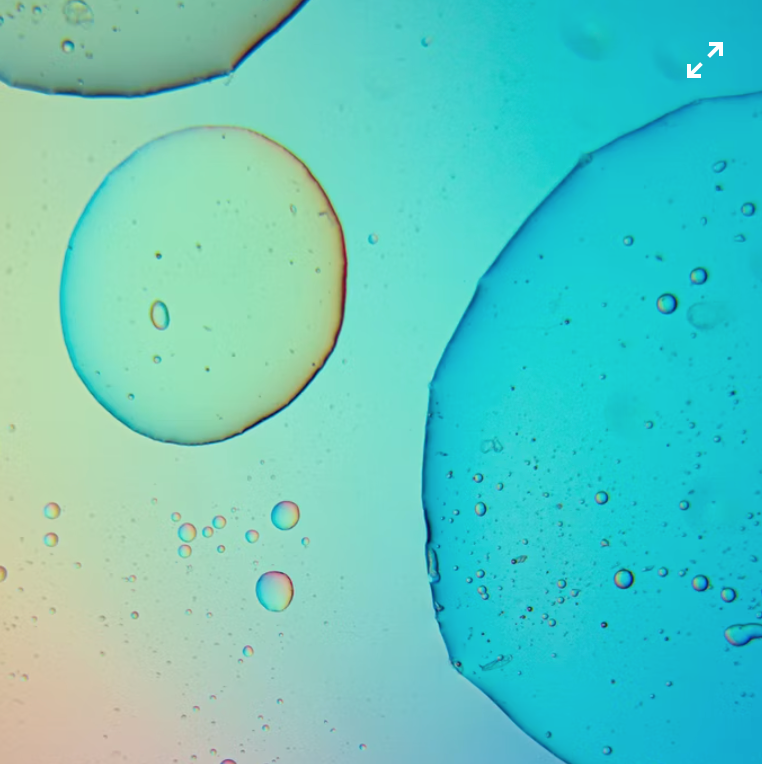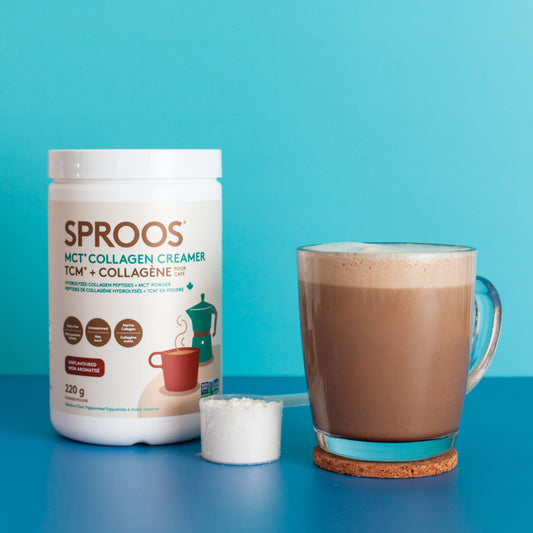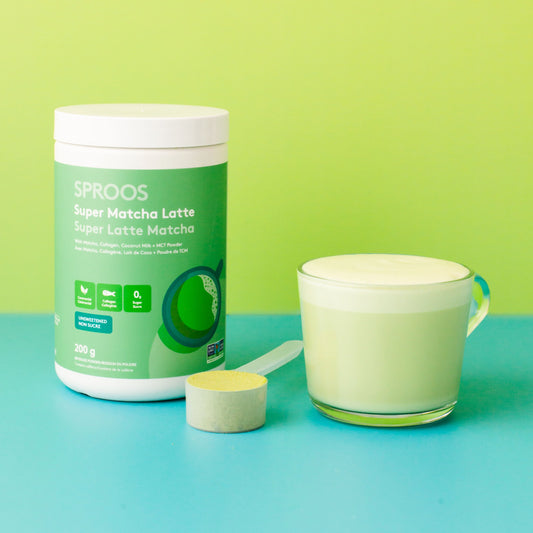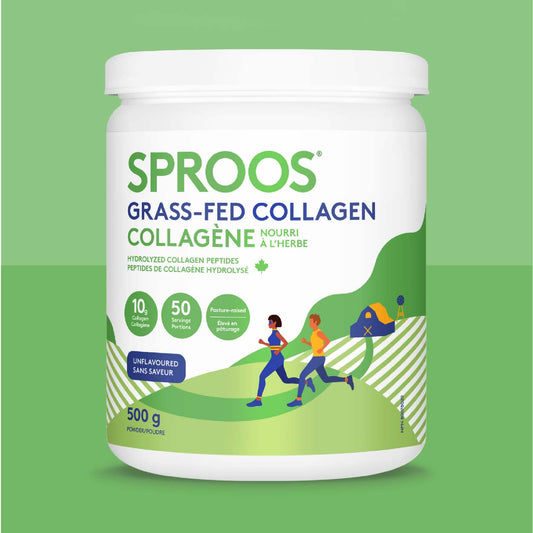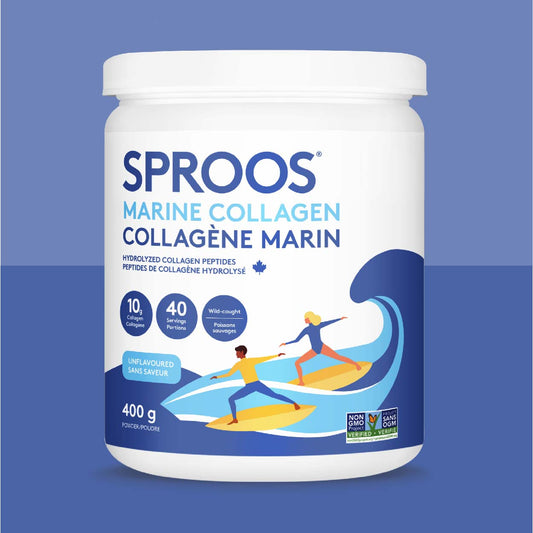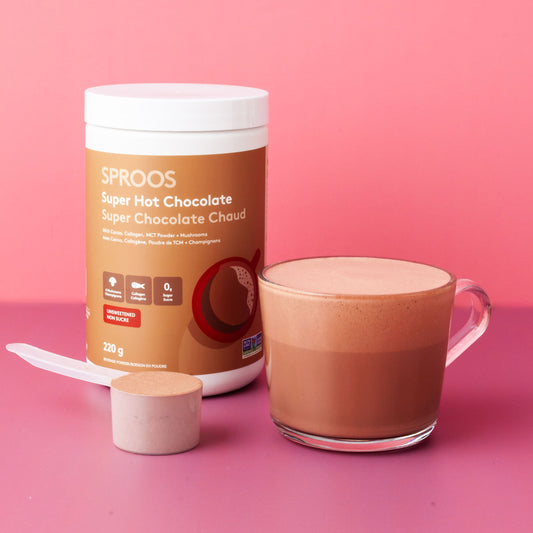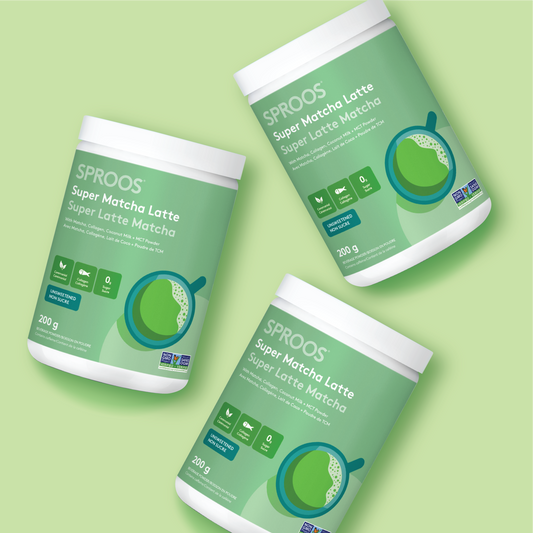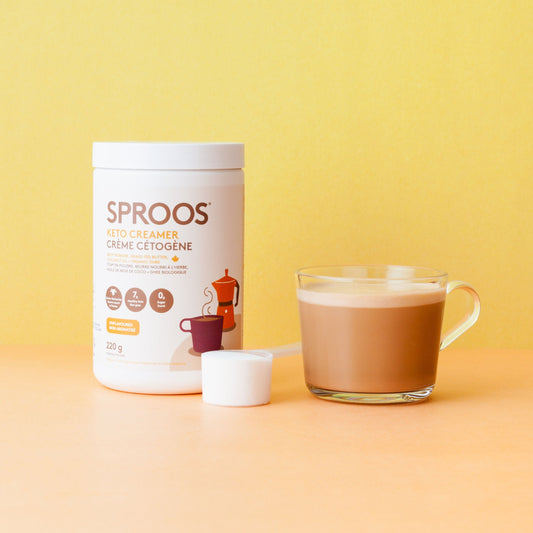Hyaluronic acid took the skincare world by storm a few years ago, and it’s here to stay. If you remember, we previously wrote a Why You Need Hyaluronic Acid post a few years ago. But it’s been a while and there’s new research.
What exactly is hyaluronic acid?
Hyaluronic acid (also referred to as HA) is a naturally occurring substance in our bodies. It has the unique ability to bind and retain water molecules. It is found abundantly in the skin with about 50% of all HA in the body found in the skin. However, it is also found throughout the body in places such as our eyes, skeleton, heart, lungs and synovial fluid (the liquid that is in our joints to keep them lubricated).
In addition to HA’s amazing ability at holding on water, it does have other benefits. HA helps with some aspects of healing wounds, reducing joint pain and help those with dry eyes.
Hyaluronic Acid + Skin
Aging skin is associated with the loss of skin moisture. The key molecule involved in skin moisture: hyaluronic acid. Since HA is known for its ability to help retain water, it’s no surprise that a loss of skin moisture as we age is also associated with a decrease in HA. As such, HA has many cosmetic applications. It is found in many products (both topical and oral) that work to moisturize the skin and improve skin elasticity. This in turn can help to decrease the appearance of wrinkles and fines lines that happen primarily due to a loss of moisture.
Most of us have probably had a bad sunburn at some point in our lives. Well, HA plays a role in tissue repair, and a sunburn causes damage to the skin. A study showed that as little as five minutes of UV exposure caused an increase in HA. Now, you may be thinking, isn’t that what we want – increased HA? Yes, but not in this case.
Although initial sun exposure increases HA production, repeated sun exposure causes damage. This response is actually because body is treating it like a wound. After repeated exposure to the sun and its damaging rays, a typical wound healing response is stimulated. Scar-like collagen is deposited in the areas with sun exposure resulting in more “tough” and less plump and hydrated skin.
Hyaluronic Acid + Joints
Believe it or not, HA can also help our joints! HA is one of the most important substances in synovial fluid. Synovial fluid is the liquid that helps to lubricate the cartilage and surrounding areas of our joints. It also acts as a space filler, allowing our joints to move freely without rubbing against one another. Without HA we wouldn’t have synovial fluid and without synovial fluid our joints would be stiff and painful.
Take osteoarthritis (also referred to as OA), for example. OA is a degenerative disease of the joint wherein there is severe damage of cartilage that leads to pain and loss of mobility. HA has found to help increase lubrication between joints in people with mild to moderate OA. This results in decrease pain and increased mobility.
How does collagen play a role in this?
Collagen and HA are components of the body that often times work together to exert their effects!
When it comes to skin, we know there’s a lot of research supporting supplementing collagen for skin health and appearance. Collagen can help increase elasticity and firmness of the skin and help with hydration. Adding HA into the mix produces even more skin enhancing effects. Both can help increase hydration – something that our skin often begins to lack as we age. Our Beauty Collagen is the perfect combination of collagen and HA (plus a few other active ingredients!) to help maintain your skin’s glow.
Another popular benefit of collagen – joint health. Collagen is found abundantly in our joints as it is an integral part of our connective tissue. Collagen helps to maintain our joint health and decrease joint pain associated with osteoarthritis. Our Joint Collagen is the perfect synergistic blend of ingredients that help to support and maintain joint health from within. Keep moving like you used to!
How has collagen and hyaluronic improved your health and wellbeing? Share your story with us below!
Sources
- Beneficial Effects of Hyaluronic Acid. (2014). Advances in Food and Nutrition Research, 72, 137–176.
- De Lucia, O., Murgo, A., Pregnolato, F., Pontikaki, I., De Souza, M., Sinelli, A., Cimaz, R., & Caporali, R. (2020). Hyaluronic Acid Injections in the Treatment of Osteoarthritis Secondary to Primary Inflammatory Rheumatic Diseases: A Systematic Review and Qualitative Synthesis. Advances in Therapy, 37(4), 1347–1359.
- Juncan, A. M., Moisă, D. G., Santini, A., Morgovan, C., Rus, L.-L., Vonica-Țincu, A. L., & Loghin, F. (2021). Advantages of Hyaluronic Acid and Its Combination with Other Bioactive Ingredients in Cosmeceuticals. Molecules, 26(15), 4429.
- Papakonstantinou, E., Roth, M., & Karakiulakis, G. (2012). Hyaluronic acid: A key molecule in skin aging. Dermato-Endocrinology, 4(3), 253–258.

